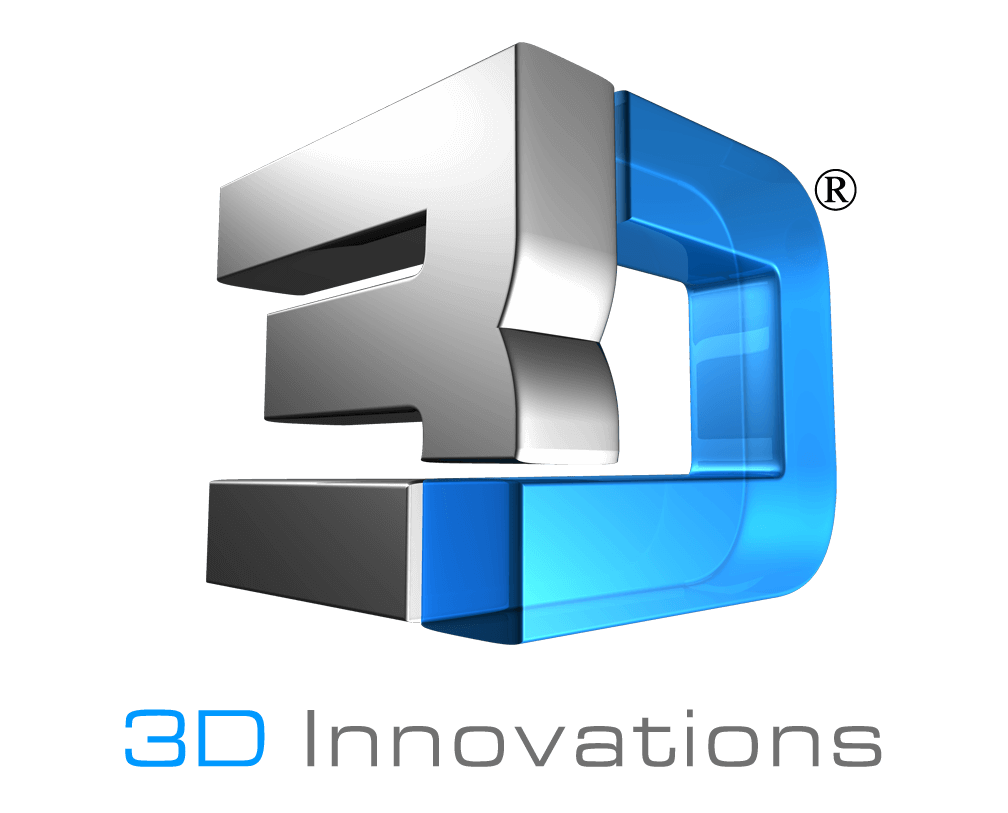We all know the acronym, and what it means, but what does STEM Education mean to the future of the U.S. Economy?
It is widely discussed, and well-known, that America is lagging behind the international economy when it comes to developing skilled workers in the fields of Science, Technology, Engineering and Mathematics. America’s youth are not seeking a post-secondary education, and thus a career, in the STEM fields in the same way international communities are. In 2003, only four percent of U.S. college graduates majored in engineering compared to 13 percent of European students and 20 percent of students in Asia. This is very shocking since there appears to be data supporting careers and jobs in STEM occupations (Evolution of STEM in the United States).
For America to gain back its economic edge on the international economy, it is imperative that we develop the technical knowledge of our youth. As stated by Rodger Bybee, Past-President of the Biological Sciences Curriculum Study (BSCS), “For a society so deeply dependent on technology and engineering, we are largely ignorant about technology, engineering concepts, and processes, and we have largely ignored this incongruity in our educational system” (Bybee, 2000). In the past, youth had significant events such as the launch of Sputnik by Russia in 1957 and the U.S. Moon Landing in 1969 to invigorate their interest in STEM subjects, which triggered investment in the form of scholarships and training programs. A “re-invigoration” of interest in STEM subjects is of paramount importance, and efforts are underway to achieve this (see infographic from Teach.com below).

Without homegrown, American, talent to fill the voids currently seen in STEM careers, the United States will continually lag behind the international community. The inspiration of our youth is a task appointed to everyone, from parents and teachers to government officials and business leaders, stressing the importance, excitement and benefits provided by these fields, America can move from a follower in STEM fields to a leader once again.
We look forward to discussing STEM Education at the 4th Annual Hawaii STEM Conference (April 19th and 20th).
Several Sources were utilized for this article:
Is STEM education declining in the U.S.? Source: ZDNet
Evolution of STEM in the United States Source: William E. Dugger, Jr., Senior Fellow International Technology and Engineering Educators Association
________
3D Innovations is a full service 3D Engineering/Design company – from the 3D Design to a fully functional 3D Prototype & Product.
3D Academy, A Division of 3D Innovations, LLC provides training services specializing in 3D Computer Aided Design (CAD) Technology. 3D Academy promotes Science, Technology, Engineering, and Math (STEM) education programs that integrate 3D Technology into K–12, as well as university classrooms.

